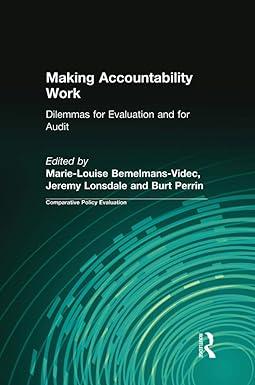Question
there is a two-sample t-test that assumes equal variance, and that it should generally be avoided. However, there's an interesting result associated with it. Suppose
there is a two-sample t-test that assumes equal variance, and that it should generally be avoided. However, there's an interesting result associated with it.
Suppose we have the data: x

a. Calculate the p-value for the two-sample t-test for a difference in means, using the pooled standard error. What is the conclusion of this test? b. Consider fitting a linear model of x against g. What is the interpretation of the slope when the explanatory variable only takes two different values? c. Consider the assumptions of a linear model. What do we assume about the variance at each of the two values of the explanatory variable. d. Fit a linear model of x against g. Relate the estimate and p-value of the slope to your answer to a, making reference to your answers in b and c.
If we assume that two groups have the same standard deviation, we can get the so-called pooled standard deviation as follows: Sp (n11)s? +(12-1)s ni+n2-2 The pooled standard error can then be found as: SE = ni n2 If we assume that two groups have the same standard deviation, we can get the so-called pooled standard deviation as follows: Sp (n11)s? +(12-1)s ni+n2-2 The pooled standard error can then be found as: SE = ni n2Step by Step Solution
There are 3 Steps involved in it
Step: 1

Get Instant Access to Expert-Tailored Solutions
See step-by-step solutions with expert insights and AI powered tools for academic success
Step: 2

Step: 3

Ace Your Homework with AI
Get the answers you need in no time with our AI-driven, step-by-step assistance
Get Started


